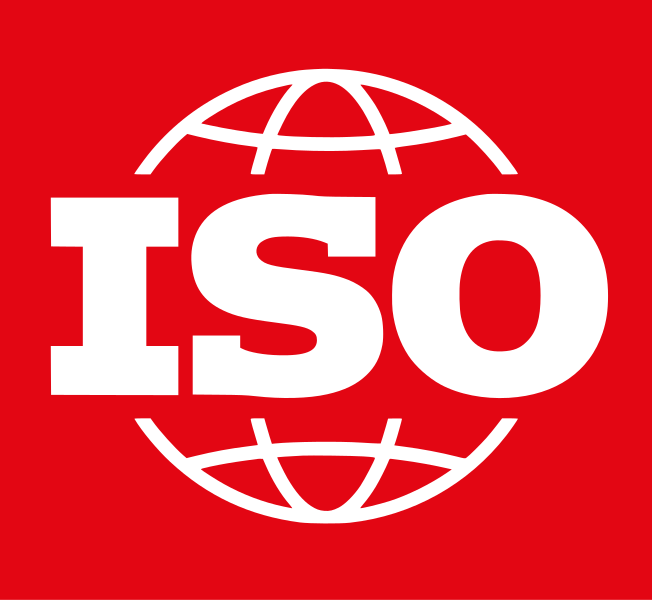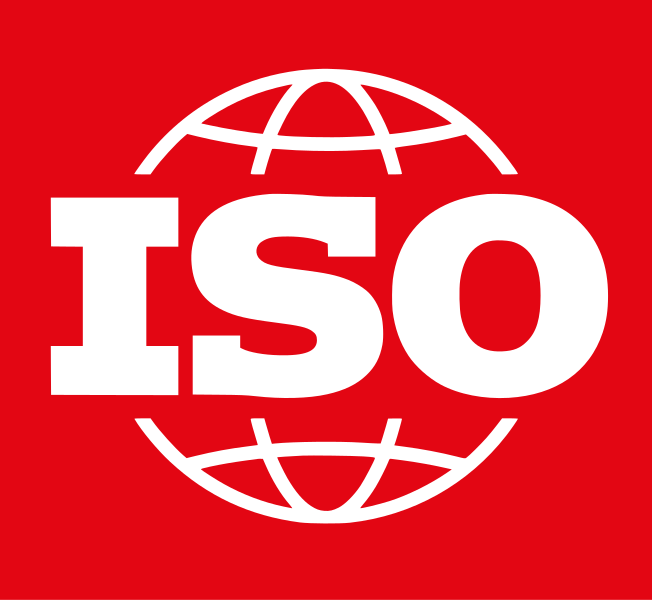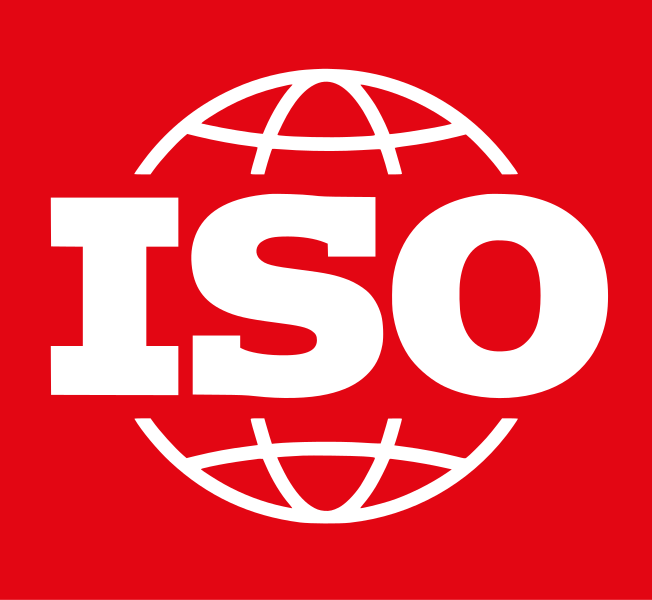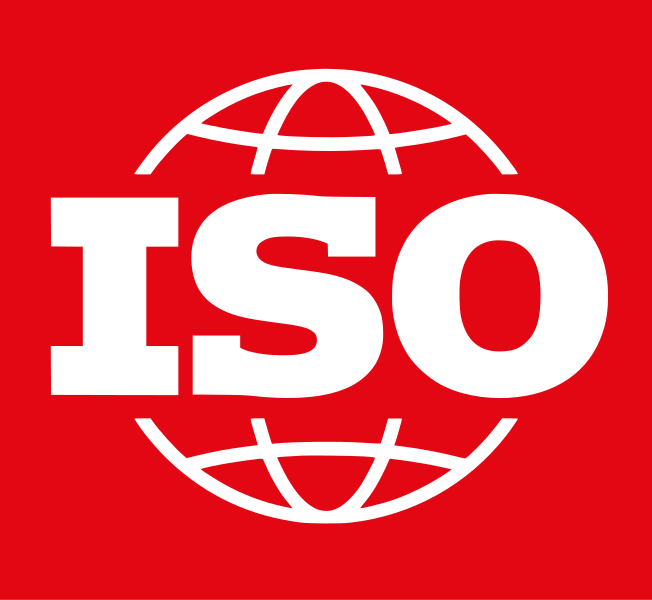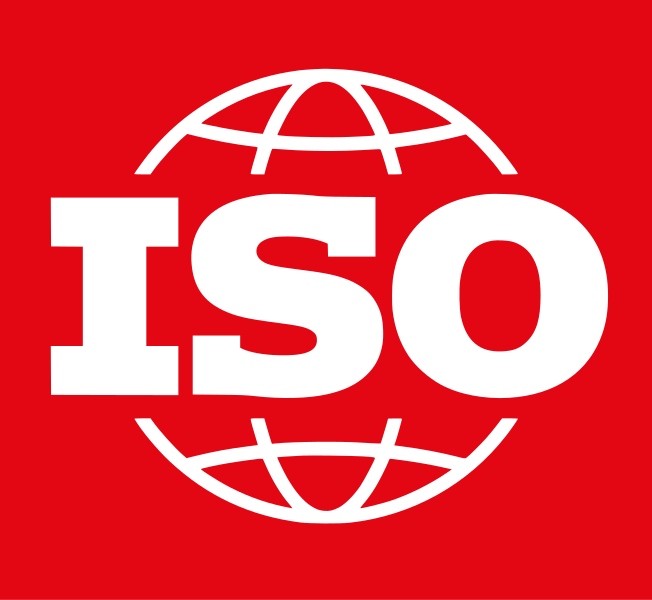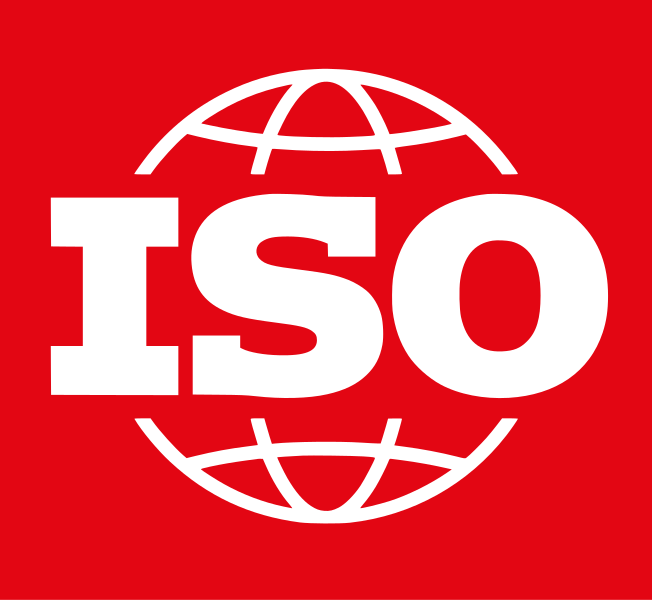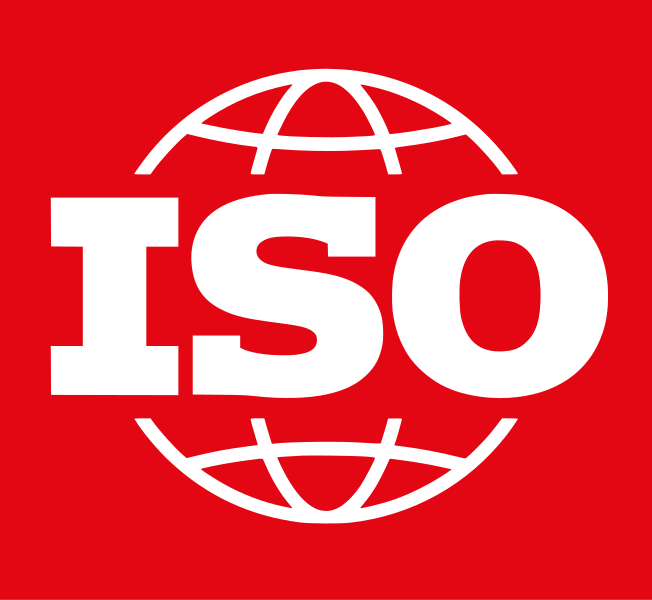ISO 12855:2015 specifies
- the interfaces between electronic fee collection (EFC) systems for vehicle related transport services, e.g. road user charging, parking and access control; it does not cover interfaces for EFC systems for public transport; an EFC system can include any EFC system, e.g. including systems that automatically read licence plate numbers of vehicles passing a toll point,
- an exchange of information between the central equipment of the two roles of service provision and toll charging, e.g.
- - charging related data (toll declarations, billing details),
- - administrative data, and
- - confirmation data,
- transfer mechanisms and supporting functions,
- information objects, data syntax and semantics,
- examples of data interchanges (see Annex C and Annex D), and
- an example on how to use this International Standard for the European Electronic Tolling Service (EETS) (see Annex F).
ISO 12855:2015 is applicable for any toll service and any technology used for charging.
ISO 12855:2015
https://www.iso.org/standard/64127.html?browse=tc


